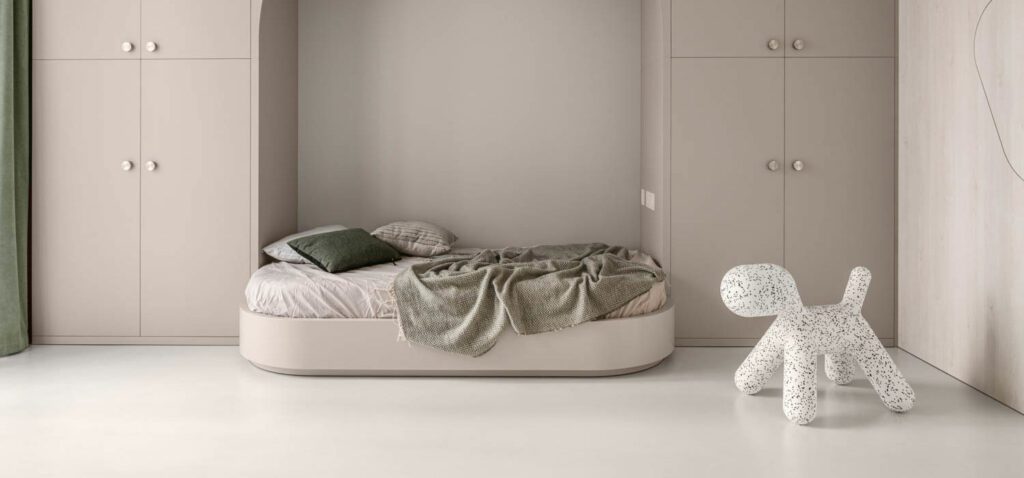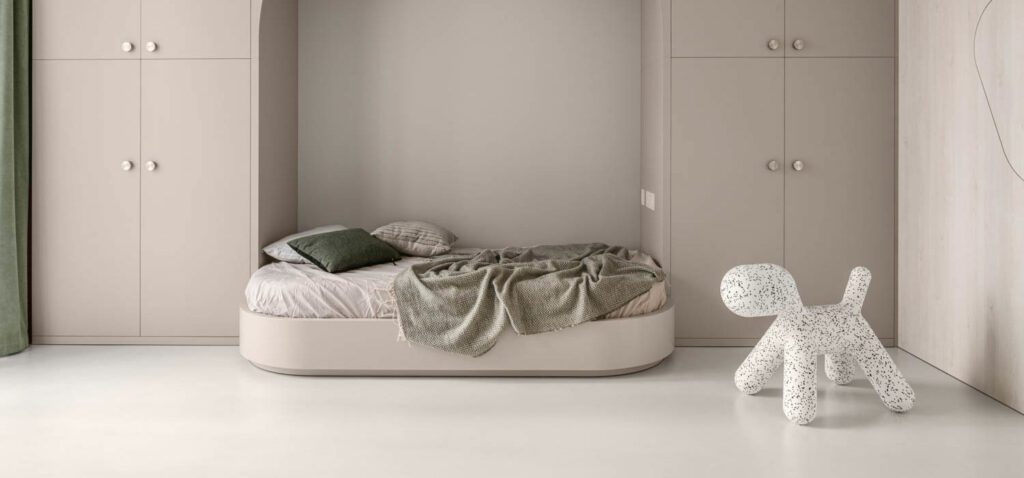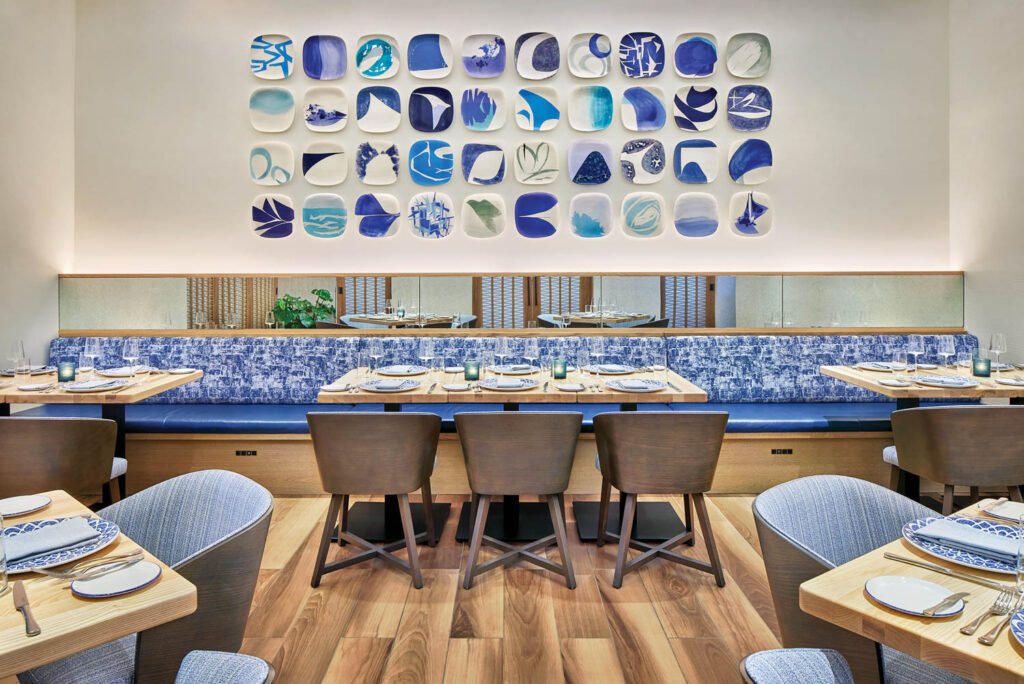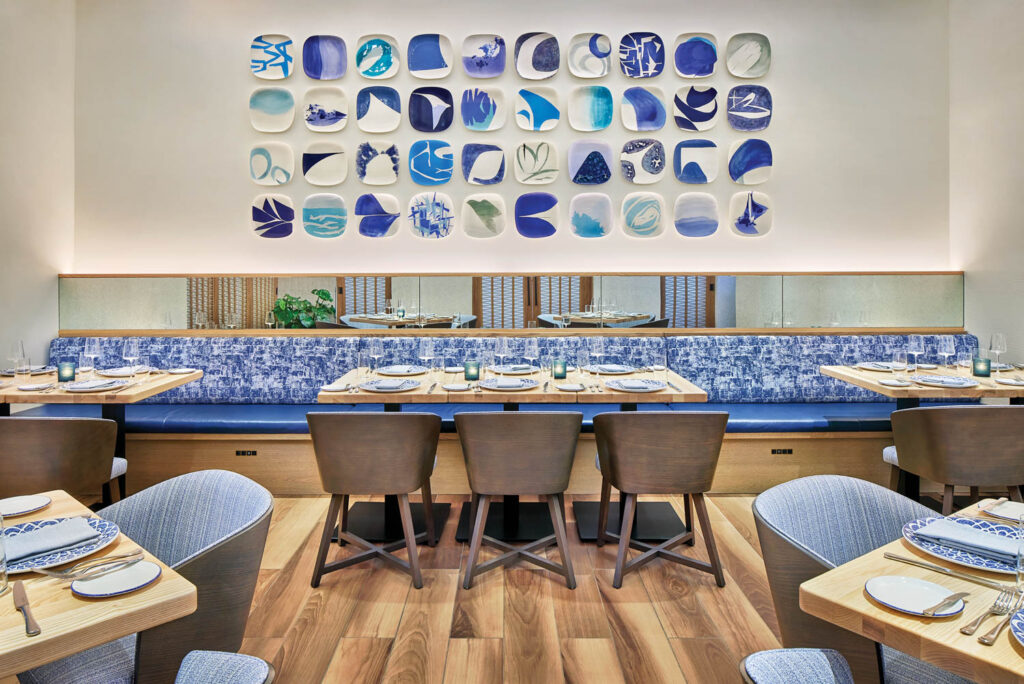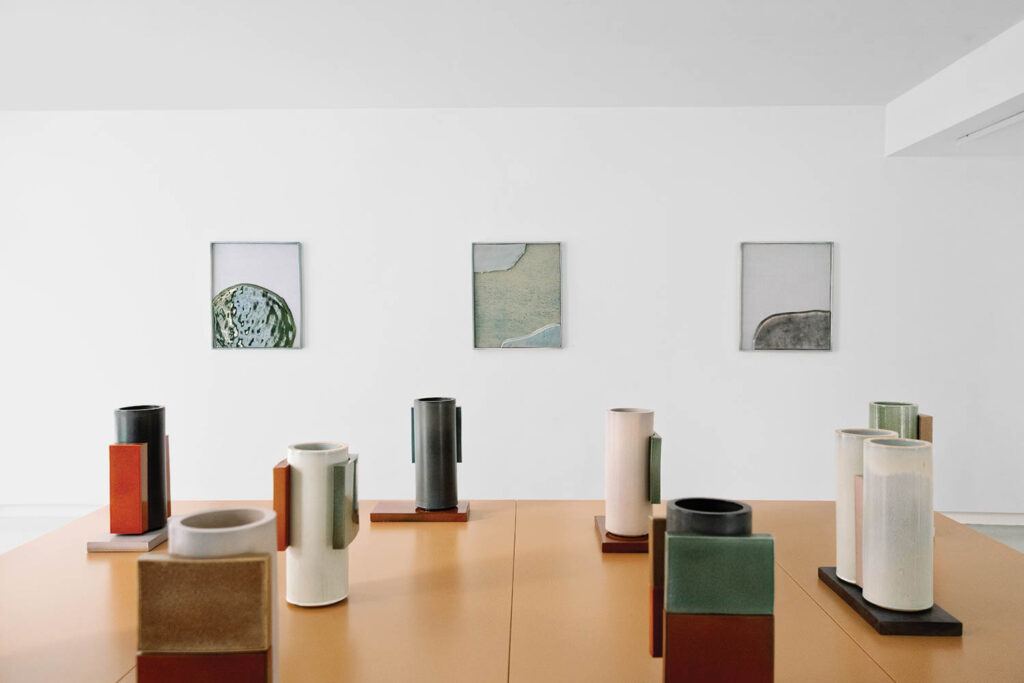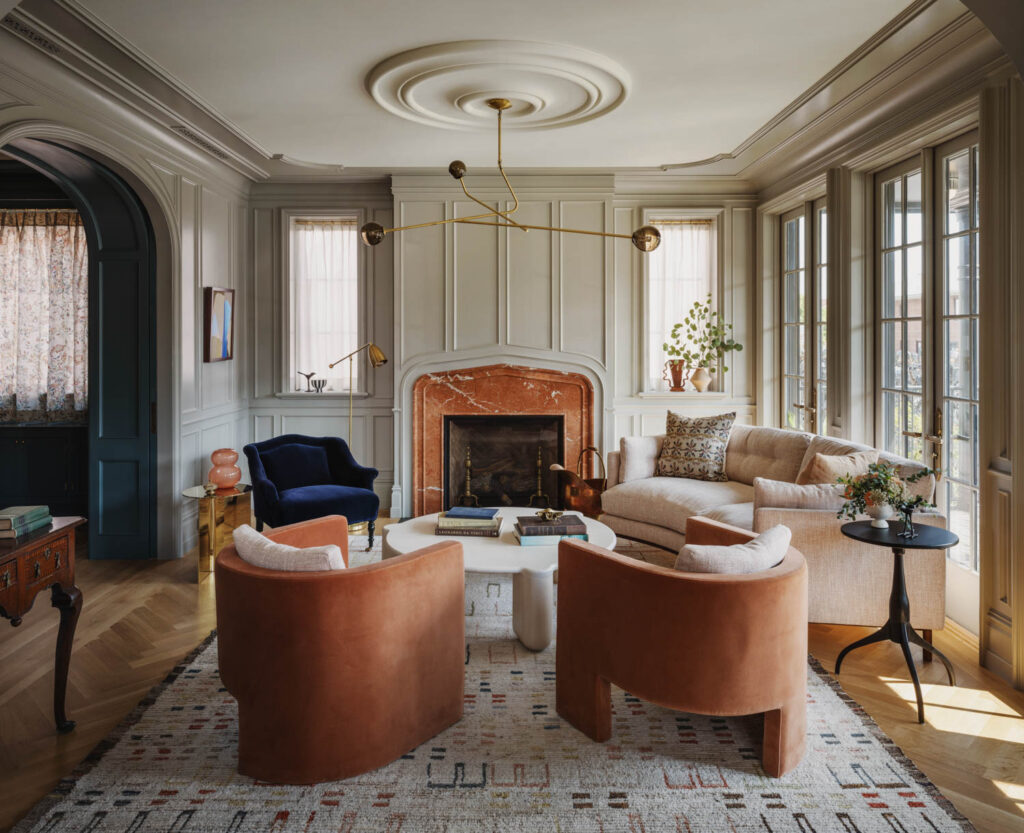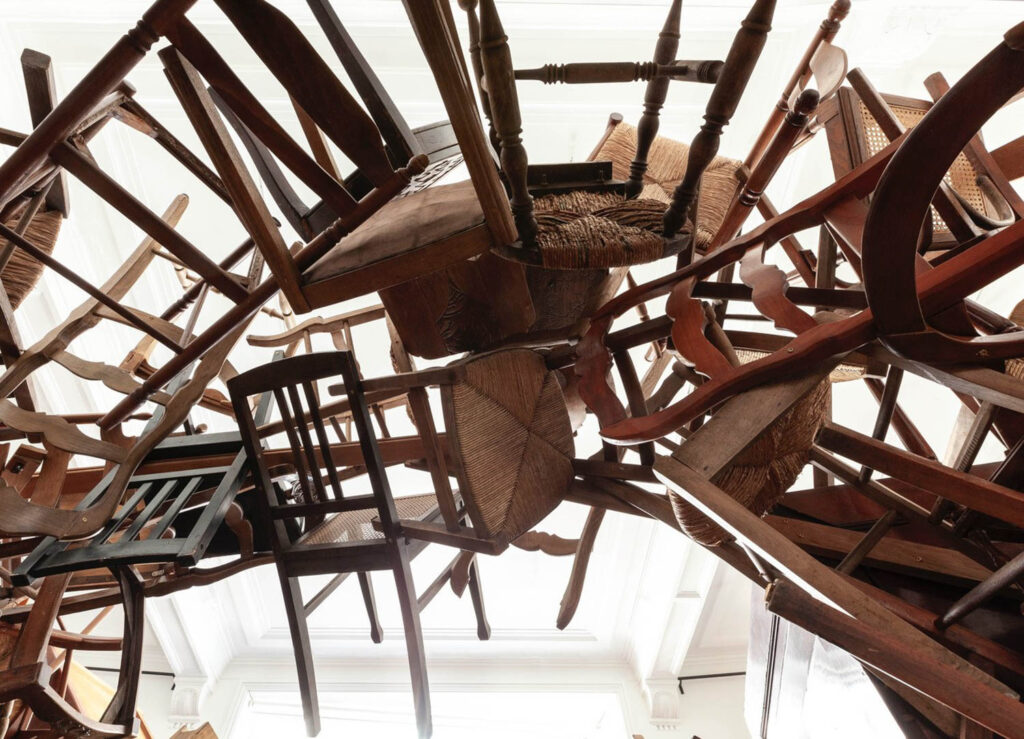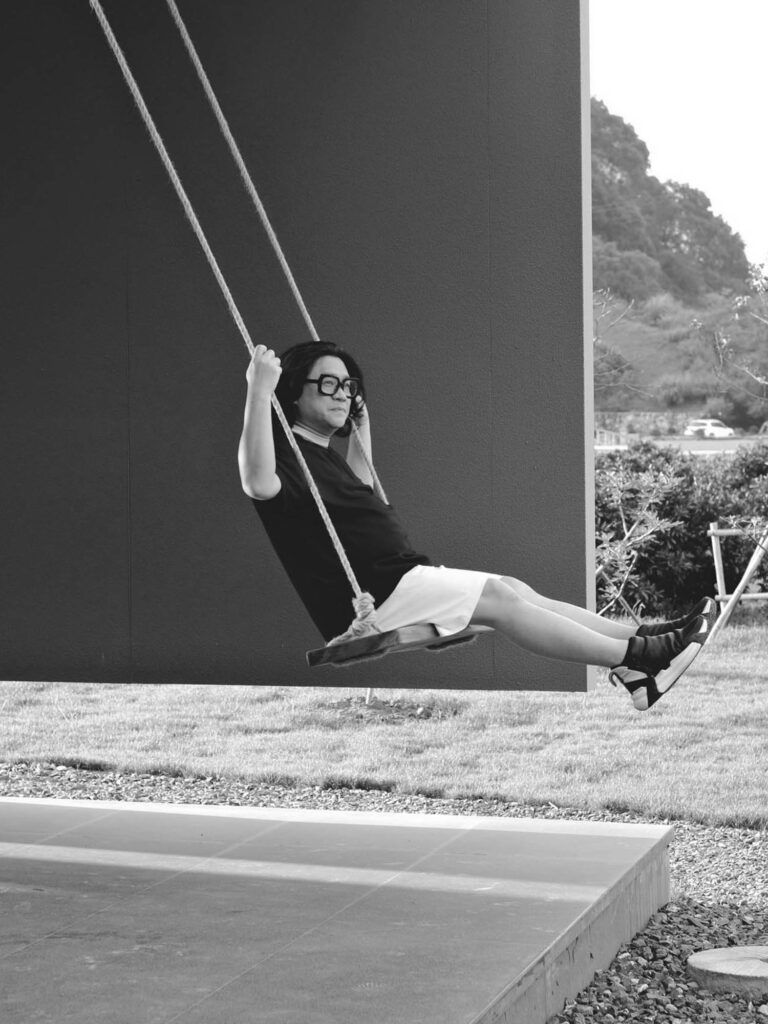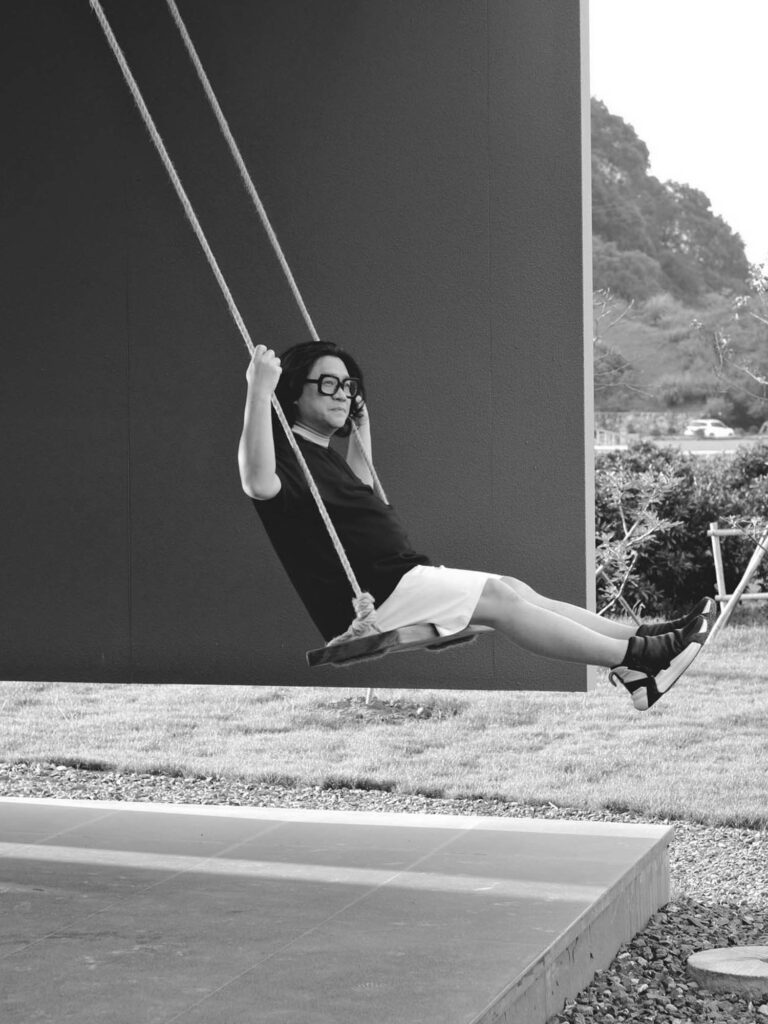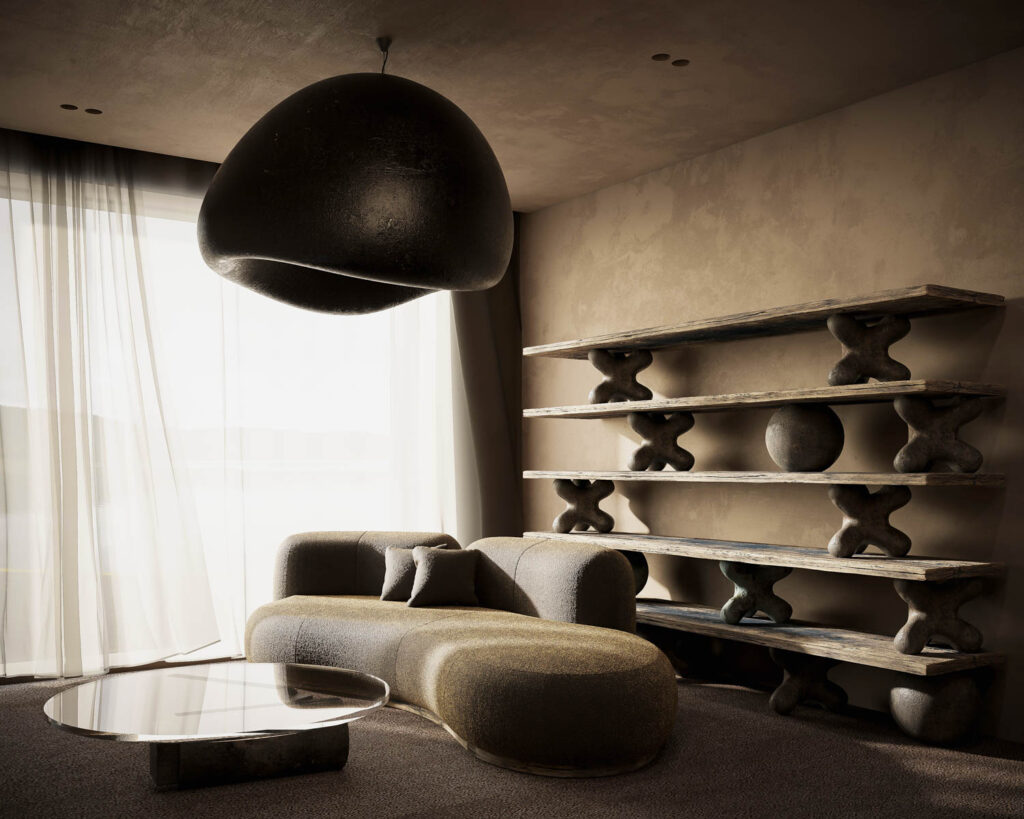
10 Questions With… Serhii Makhno
Against war’s physical and emotional destruction, artists often craft resilience through making. Ukrainian ceramicist, architect, and interior designer Serhii Makhno’s first exhibition with Chelsea, New York, gallery Les Ateliers Courbet stems from such phoenix-like blossoming of creativity during the ongoing Russian conflict. The show’s mostly large-scale sculptural and functional ceramic works have travelled from Makhno’s Kyiv studio to New York during a time of scarcity and peril, but the bulbous elegant forms defy fragility. From a fully hand-formed ceramic armchair to a life-size mirror, the shapes challenge our understanding of functional ceramics through their ambitious scale and pristine production.
“I have a deep love for clay—it’s like nature itself in a malleable form,” Makhno says. “Clay has its character, and frequently, things don’t go as planned. Many pieces can crack or deform during the firing process, which is part of the beauty of imperfection.” While working on the show’s pieces with his team of around 60 people during wartime, the artist admits to have learned to “appreciate these ‘flawed’ pieces.” From an elegantly-bent floor lamp to a wall-spanning shelf structure, the works allure to Makhno’s broad practice as an architect who has helmed around 600 projects in 25 countries. His sculptural and holistic approach to aesthetic and use, whether envisioning an interior or a chair, yields sleekly contemporary and mysteriously spiritual results. From Japan’s wabi-sabi teachings to Ukraine’s long tradition of craft and ceramics, various inspirations are alchemized in Makhno’s practice. “Nature is the greatest resource; everything comes from it,” he adds. He often brings rocks, branches, bits of ceramics, seeds, or plant fruits back to his home, “and many of the objects I’ve created have been inspired by these discoveries.”
Here, Makhno shares insights into his New York show, personal journey with clay and architecture, and newly established MAKHNO Art Foundation.
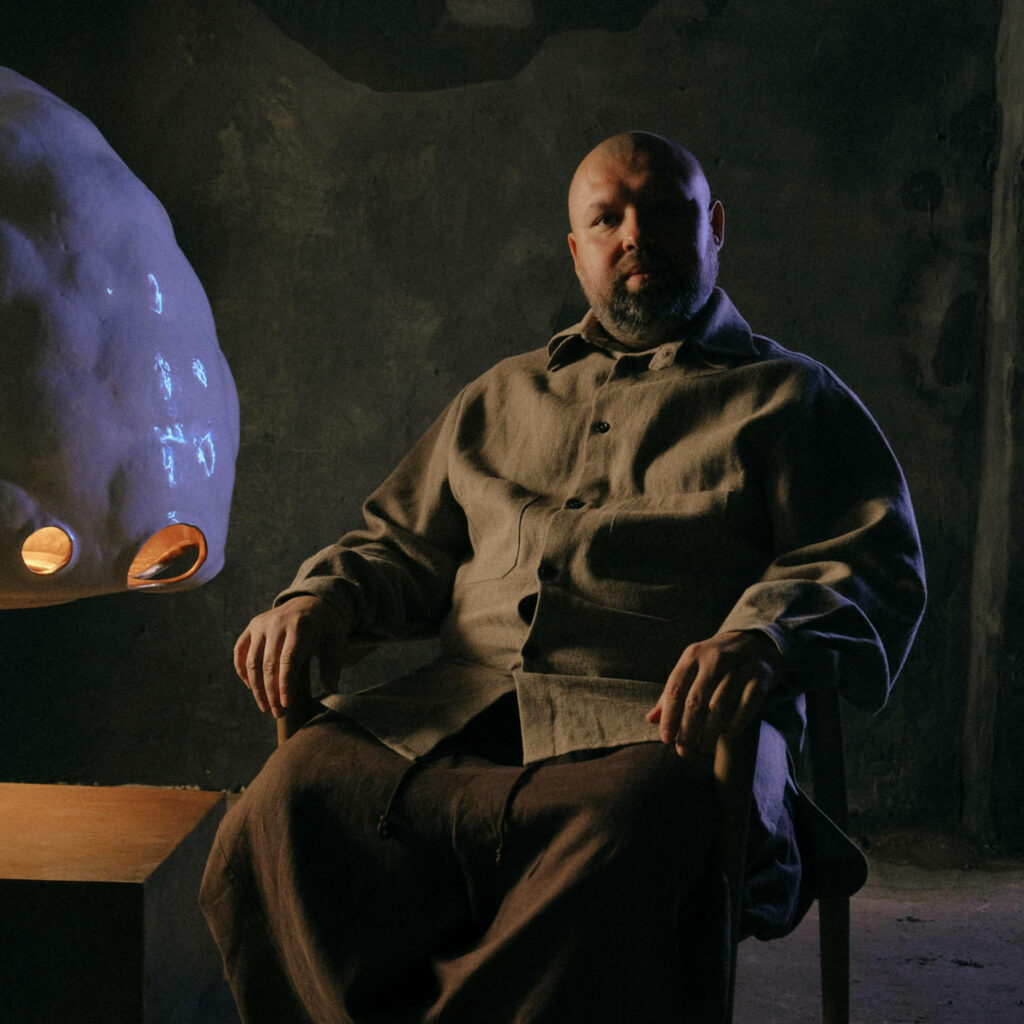
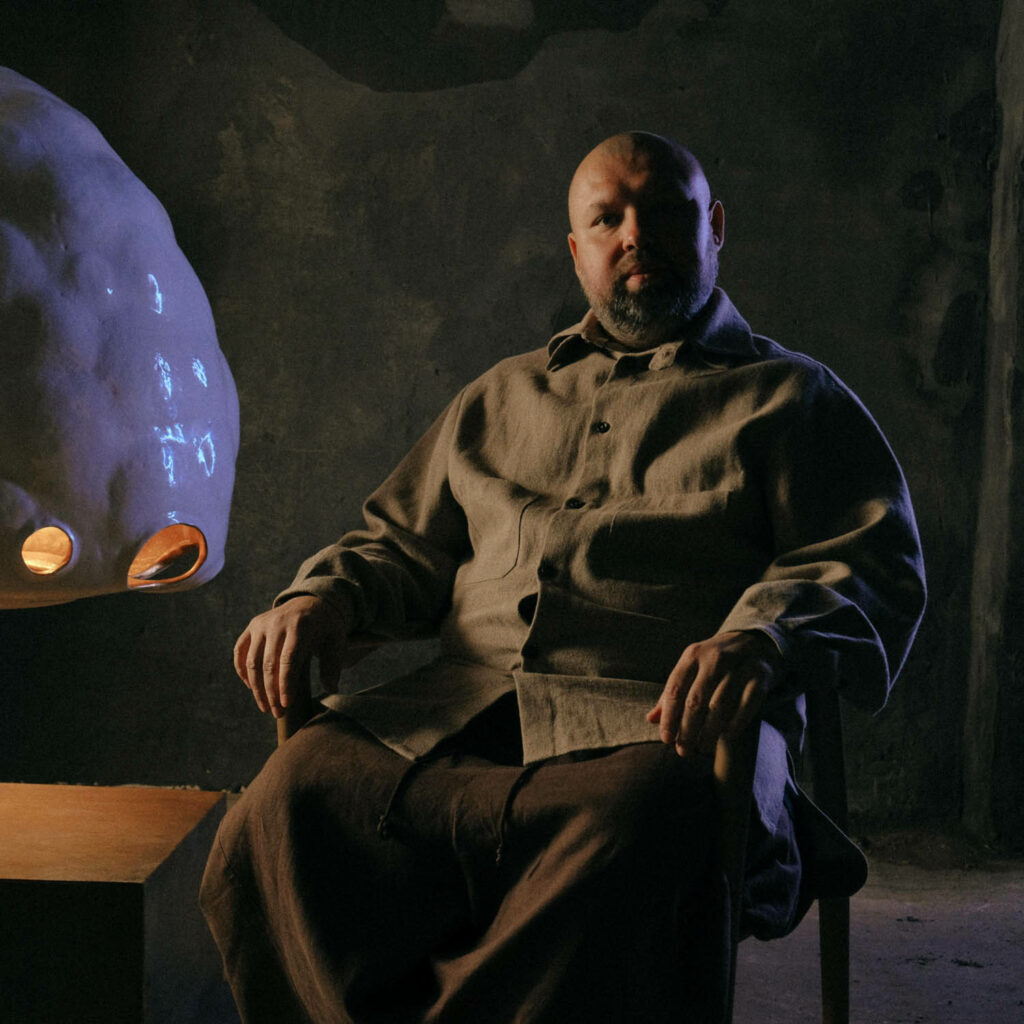
Ukrainian Designer Serhii Makhno on Creativity Through an Array of Mediums
Interior Design: How does being engaged with art, pottery, and architecture influence your practice?
Serhii Makhno: The three disciplines of art, pottery, and architecture have a profound influence on my work. While architecture came into my life somewhat later than art and pottery, it holds a primary place in terms of importance. My architectural work is my profession, while pottery and creativity are my inspiration. They constantly nourish and support each other, and this symbiotic relationship fuels my creative development.
ID: Your studio practice seems to be a crucial element of your process, including the time you dedicate there and collaborating with other makers. Could you talk about the role of maintaining a densely-operating studio in your work?
SM: My studio is of utmost importance to me; it is the place where our ideas come to life. It’s where my concepts, combined with the experience and skills of my team, are transformed into tangible objects. It’s truly magical to see sketches evolve into chairs, sculptures, or lamps over time. I have a dedicated team I trust, so I often provide them with a sketch outlining the general idea, and they take it from there, involving me in each stage. Sometimes, our team introduces their own ideas, which we collaborate on to refine into the final product.
ID: How has your studio life transformed following the Russian invasion?
SM: Currently, I work remotely. My main priority is to secure orders for the studio. I need to ensure a steady stream of projects to support the studio and production, as I have a large team depending on it. Working from a distance is physically more challenging, but modern communication tools have proven invaluable in allowing us to adapt and continue our work effectively. But despite the war, the studio continues to work and never really stopped, we have had all the facilities work during black-outs.
ID: When you approach a project—whether designing an interior or a lamp—do you wear all your hats at once, or focus an interior as an architect or a lamp solely as a designer?
SM: When approaching projects like architecture and interiors, we typically have a project team of up to five people, each responsible for specific stages. From building design to creating furniture according to our blueprints, we all have distinct roles and expertise that come together to form the final product.
ID: Textured surfaces are somewhat your signature, and they resonate with time and process. Could you talk about the significance—not only physical but also thematic—of textures in your objects?
SM: I work with clay, which is essentially earth, and one of the fundamental elements of the universe. The real magic for me happens during the firing process of our creations. Recently, my partner, Slava Odarchenko, and I built a kiln for natural wood firing. You never know exactly what you’ll get at the end. The pieces are adorned by nature itself. When fire, air, and earth come together, the results are unpredictable and unique. The textures on our objects are a constant source of inspiration. Earth comes in countless forms, structures, and textures, serving as the canvas for our artistic creations.

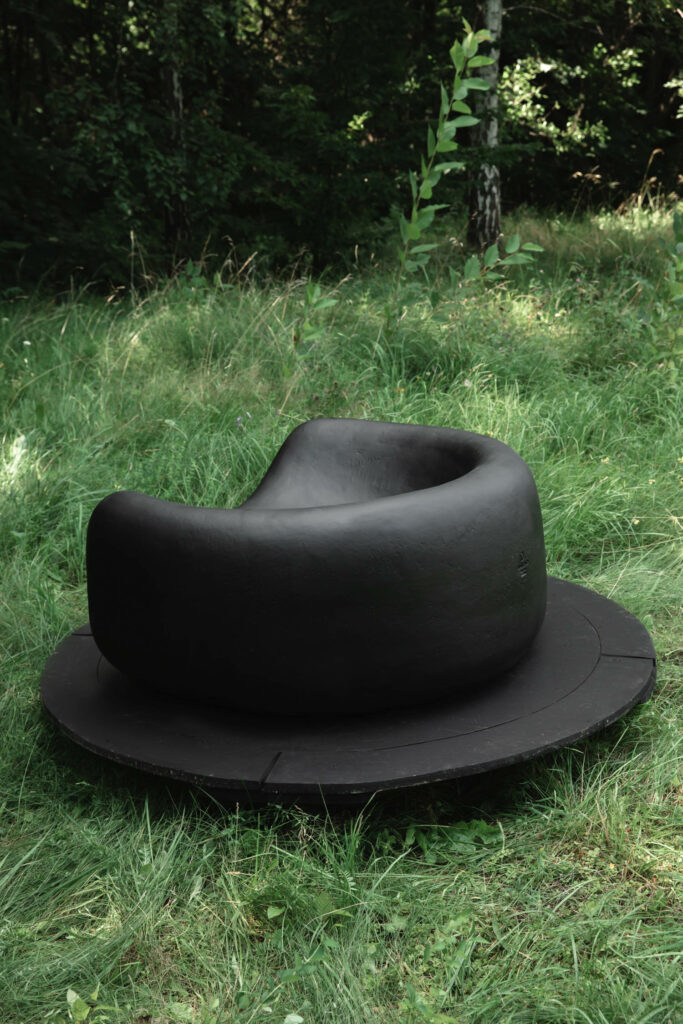
ID: Timelessness is a common thread in your Atelier Courbet pieces. When the present seems so precarious and unpredictable, what does it mean to design objects that challenge the traits of the moment?
SM: The collection we designed for Les Ateliers Courbets is, first and foremost, art. It exudes stability, permanence, and archaic qualities. It’s akin to the Earth, the foundation of everything. I aimed to convey feelings of tolerance, weight, density, and impermeability through these objects. In a world marked by instability, these pieces serve as stabilizing and protective elements.
ID: Wabi-sabi is a major influence in your work. How do you accept imperfection as a designer?
SM: The philosophy of wabi-sabi has gradually unfolded for me, and I continue to explore it. Around a decade ago, I came across Axel Vervoordt’s book “Wabi Inspirations” in Milan. It featured enigmatic and atmospheric photos of interior details. The book was quite expensive, and at the time, I didn’t fully understand its significance. Nevertheless, I purchased it, and that marked the beginning of my journey into wabi-sabi aesthetics. Today, my extended stays in Japan provide me with various perspectives on this aesthetic concept and continue to inspire me.
ID: I read that visiting Japan helped you realize the wealth of Ukrainian design heritage and embrace it. How do you let traditional penetrate into your design philosophy?
SM: When I first visited Japan, I was astonished by [people’s] reverence for tradition, preservation of cultural heritage, and the way they pass down knowledge from generation to generation. Almost every endeavor there has dynasties. Ukrainian culture has always been a source of inspiration for me, and it seamlessly fits into my design philosophy, which combines art, modern design, and elements from Ukrainian and Japanese culture.
ID: Could you talk about MAKHNO Art Foundation and its role in your overall practice?
SM: The MAKHNO Art Foundation was founded in 2020. The foundation’s mission is to usher in a new era of Ukrainian art by blending contemporary ceramics, architecture, and design with artisan traditions and authentic techniques. It aims to create contemporary art that reflects our rich cultural heritage while maintaining a strong connection to Ukrainian identity.
The foundation aspires to initiate a new wave of Ukrainian art that highlights the country’s uniqueness and creative potential, showcasing both visual beauty and deep cultural roots. It’s an exciting project, and I look forward to seeing the remarkable creations that emerge from this endeavor.
ID: Describe the physical attributes of your studio; what is your day-to-day work like?
SM: The studio is adorned with photos of our completed projects on the walls. The entrance has a zone dedicated to the awards and accolades we’ve received, including two Red Dot design awards.
I always dreamed of having a large office where many people could work. After the move, we expected our team to expand, so we renovated the space accordingly. For example, the two-story interior features an upper floor converted into working spaces, connected by a staircase to the lower floor, which houses a tea ceremony room. Vertical greenery separates the two levels, inspired by wabi-sabi design.
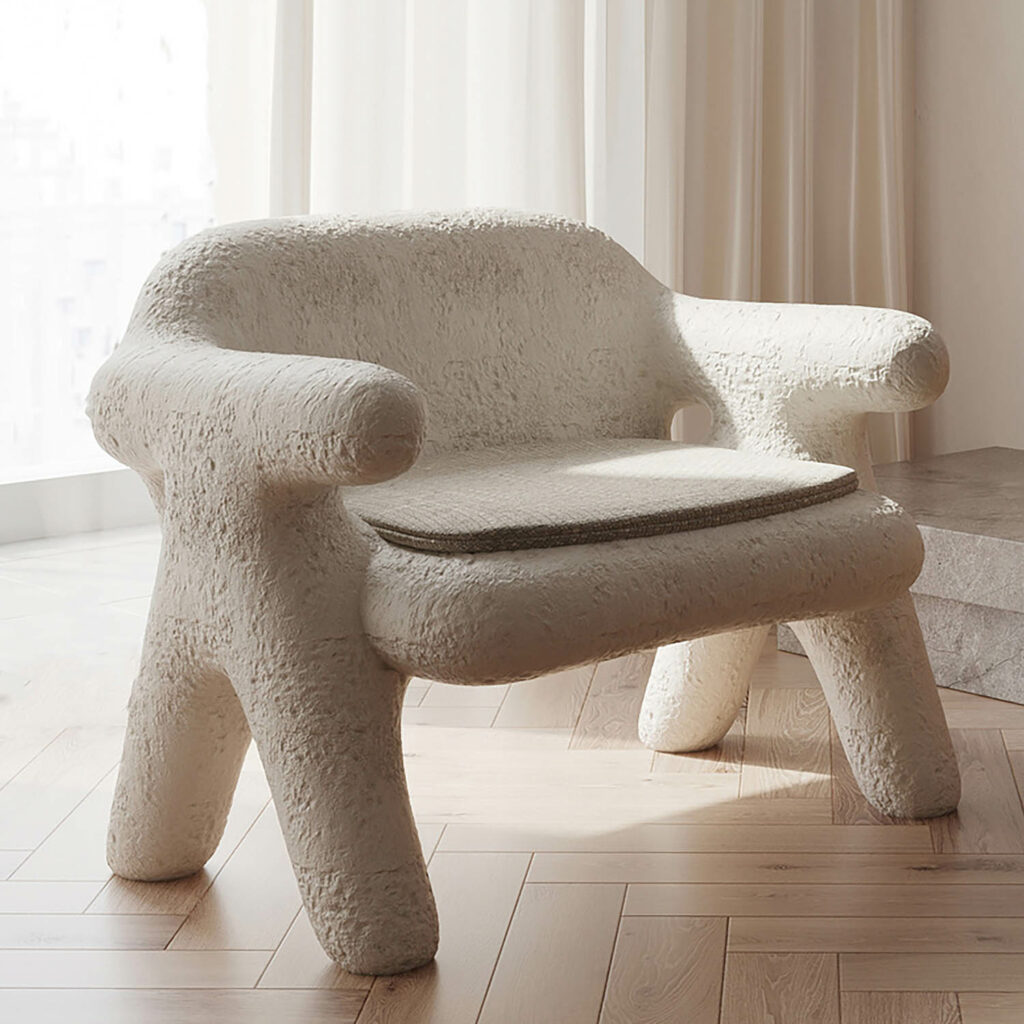
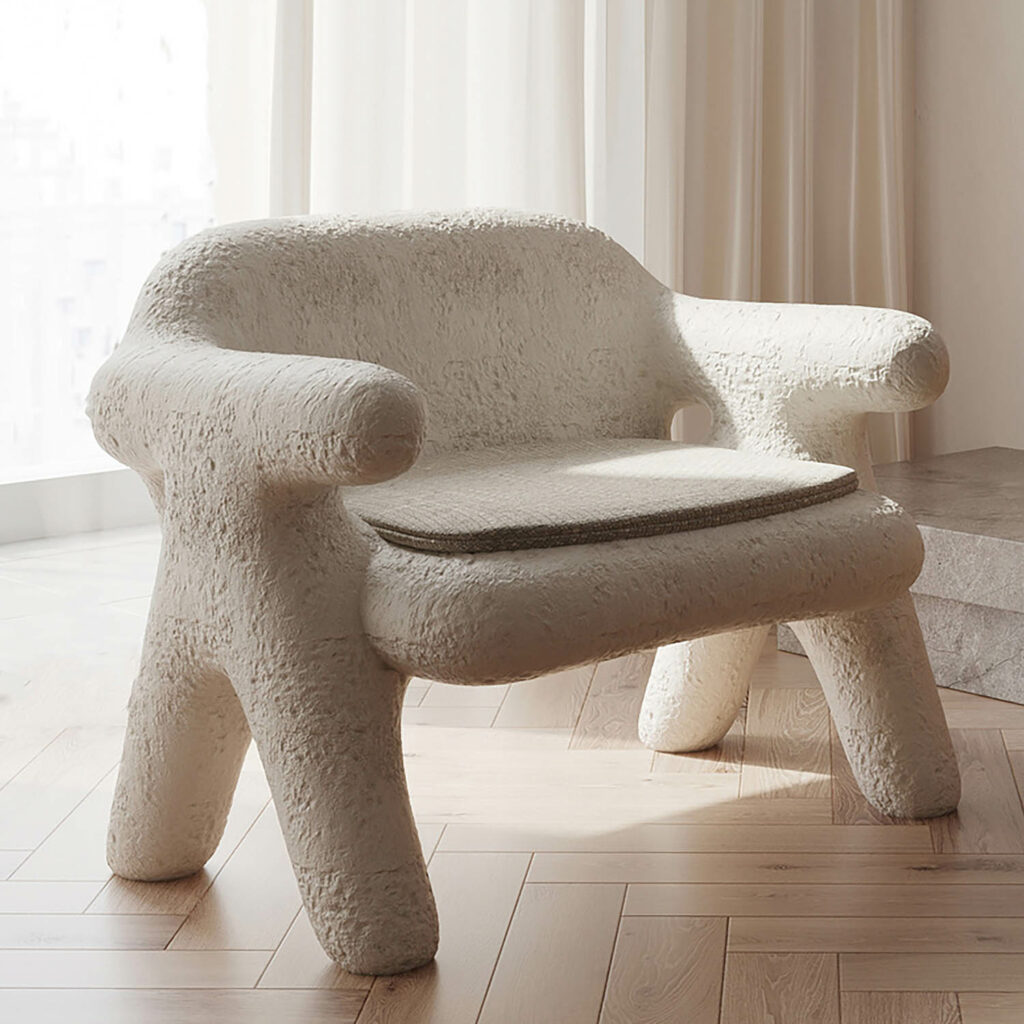


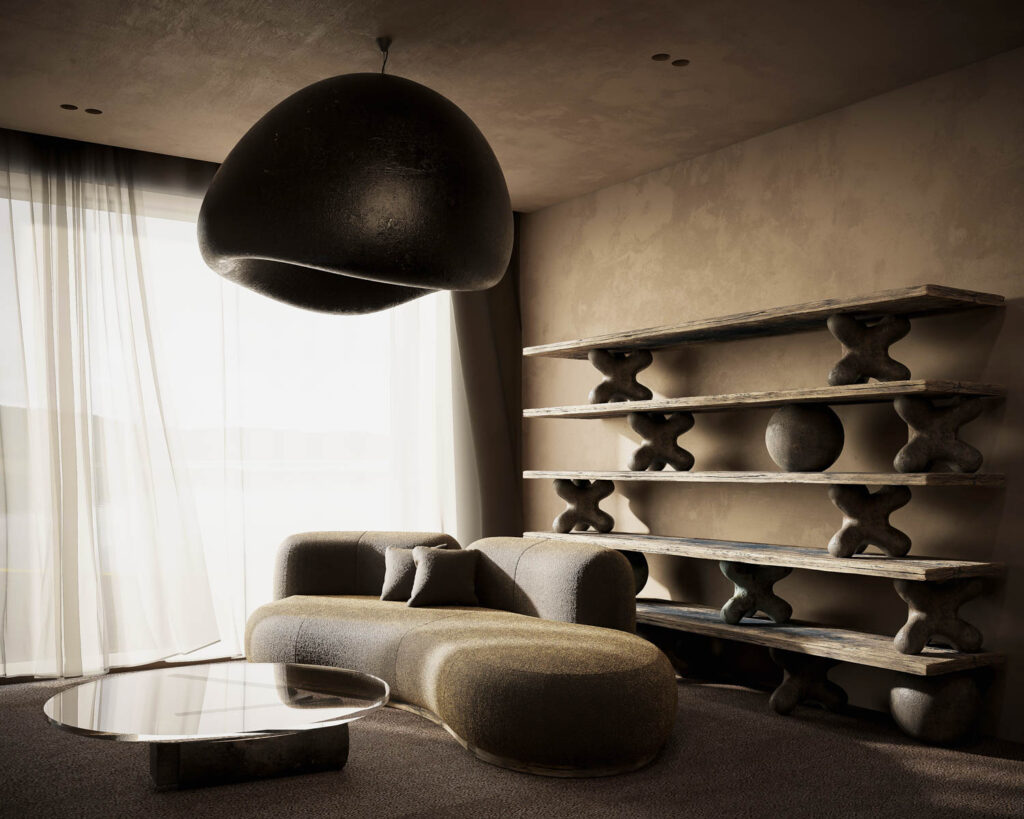
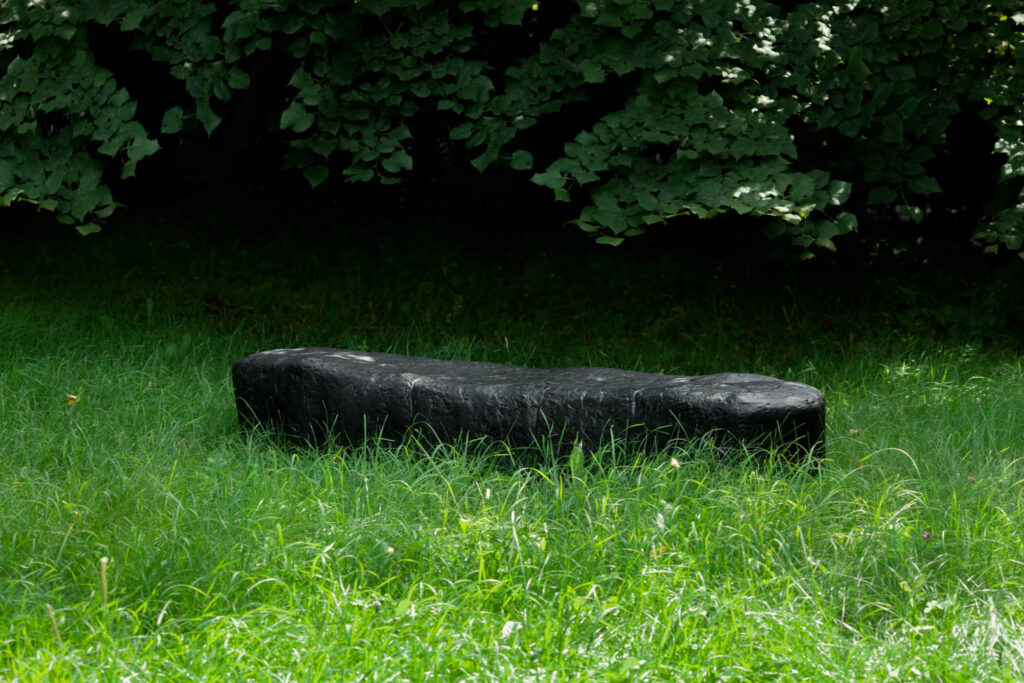
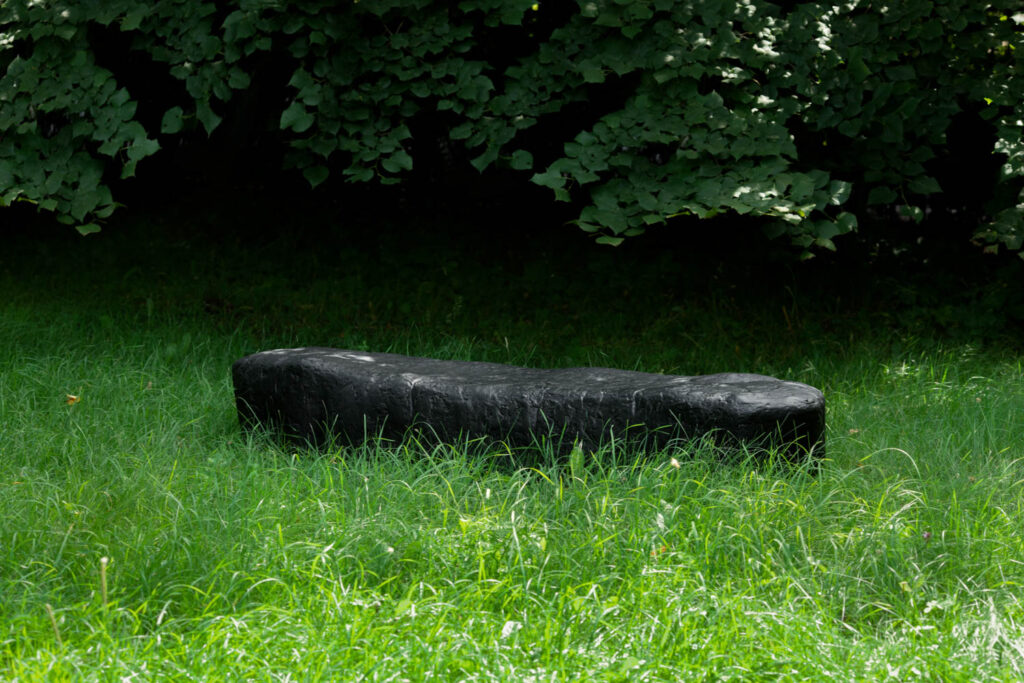

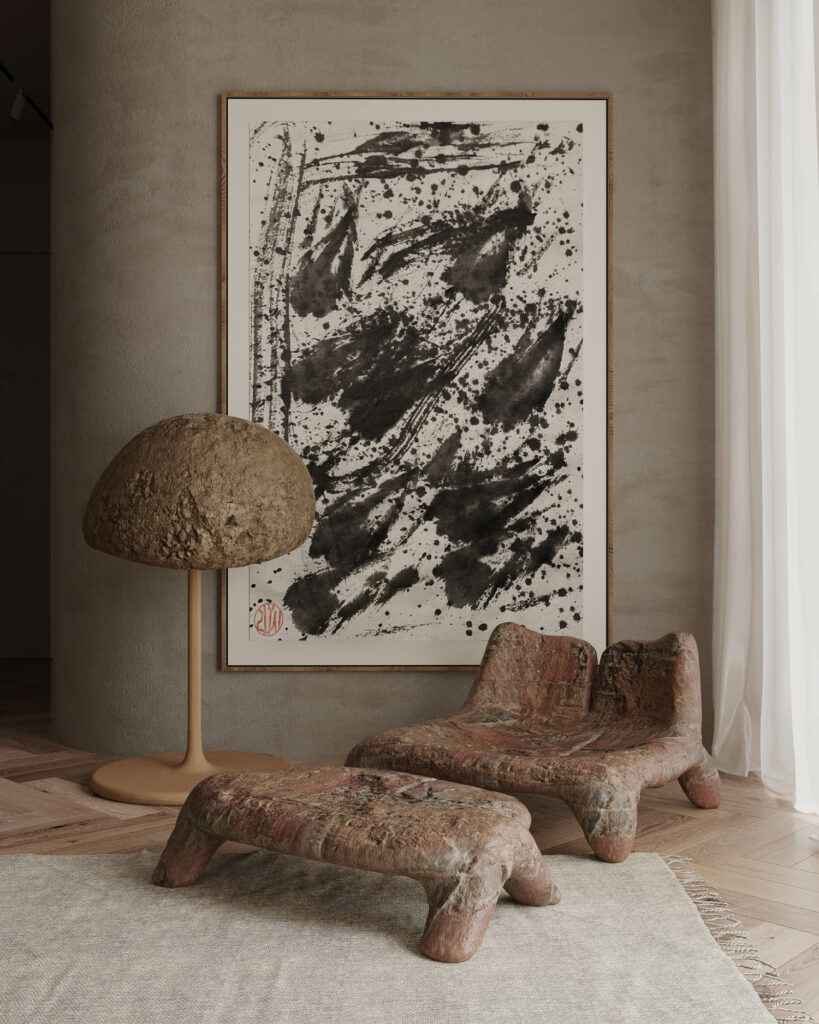

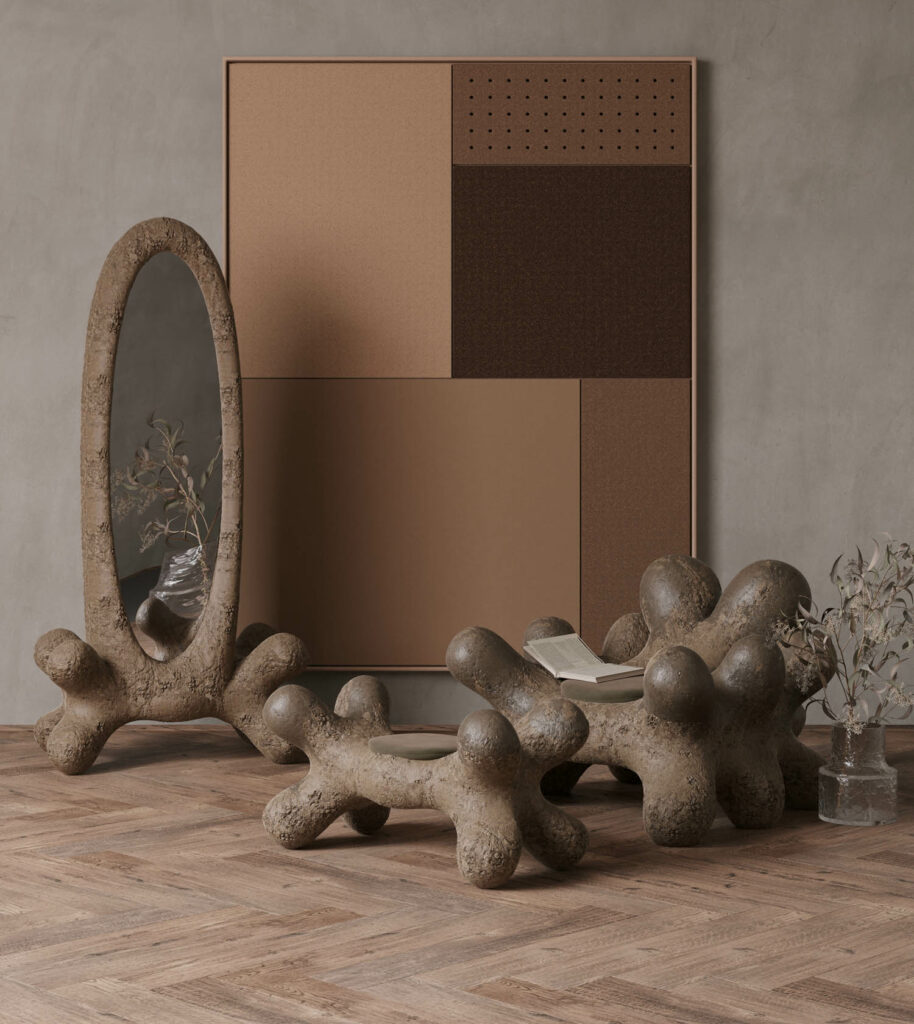
read more
DesignWire
Dispatches from Ukrainian Designers
A&D professionals in Ukraine tell Interior Design about the state of their offices, their industries, and their homes.
DesignWire
Ceramicist Olivia Barry Looks to the Past for Present Designs
After working with some of the most influential designers of the late 20th century, ceramicist Olivia Barry lights up the world on her own.
DesignWire
Ronan Bouroullec Teams Up With Mutina for Ceramics Exhibit
Ronan Bouroullec joins Mutina for an exhibition featuring dozens of new pieces that demonstrate his interests in drawing, painting, and ceramics.
recent stories
DesignWire
10 Questions With… Jessica Helgerson
Jessica Helgerson discusses her new lighting collection with Roll & Hill, some favorite projects, opening a Paris branch of her eponymous firm, and more.
DesignWire
10 Questions With…. Tadashi Kawamata
Get to know Japanese artist Tadashi Kawamata who created a surreal installation for the facade of French design firm Liaigre’s Paris mansion in the fall.
DesignWire
Who’s Who in Design? Read Our Top Interviews of 2023
From seasoned professionals to emerging talents, we’ve rounded up the 10 most-read design interviews of the year, spotlighting industry creatives.
